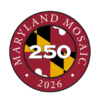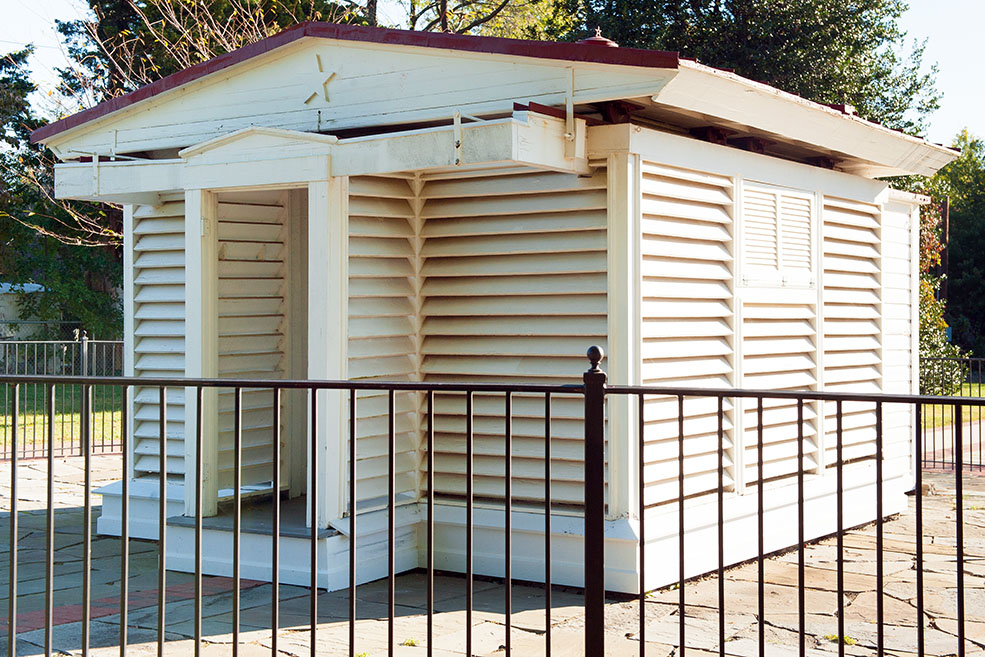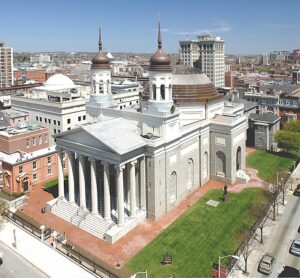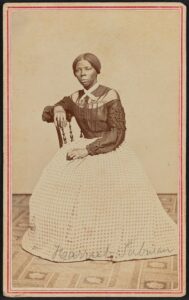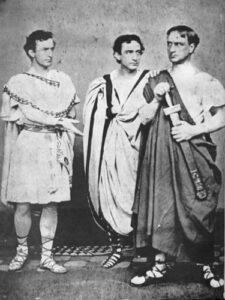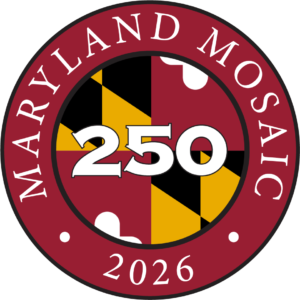Edwin Smith (1851-1912) of U.S. Coast and Geodetic Survey (ancestor of NOAA) opens an observatory in Gaithersburg to measure the earth’s wobble as a part of a six observatory worldwide survey. The stations, all located on 39 degrees 08 minutes north latitude, use telescopes to collect latitude variations by precisely measuring the location of a constant set of stars.
The Gaithersburg Observatory operates until 1982 when it is superseded by newer technologies. The data collected is still used by scientists to determine polar motion as well as the size, shape and physical properties of the earth, to predict climate and earthquakes and to aid the space program through precise navigational patterns of orbiting satellites. The Observatory is still used today for positional testing of Global Positioning Systems (GPS).
